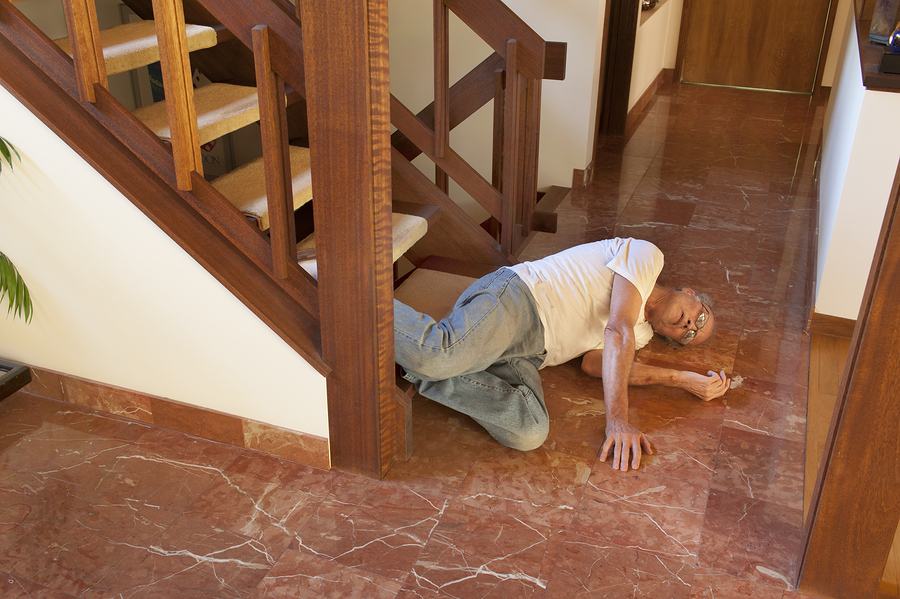Understanding Liability In Stair Accident Injuries
 Michael Babboni
Premises Liability
Anyone can have a clumsy moment and trip walking up the stairs. However, sometimes when you trip and fall, it’s not because you are clumsy. It is because there was a risk on the staircase. If you’ve recently been injured in a stair accident, it may not be because of you. It may be that the stairs presented a risk as the result of the negligence of the owner of the property. Here are some examples of risks that property owners are responsible for in a stair accident case:
Michael Babboni
Premises Liability
Anyone can have a clumsy moment and trip walking up the stairs. However, sometimes when you trip and fall, it’s not because you are clumsy. It is because there was a risk on the staircase. If you’ve recently been injured in a stair accident, it may not be because of you. It may be that the stairs presented a risk as the result of the negligence of the owner of the property. Here are some examples of risks that property owners are responsible for in a stair accident case:Improper Stair Height Or Depth:
The risers on stairs are regulated by building codes. Stairs are supposed to have a height and depth within a specific size range. When stairs do not fit within this range, they can present a slipping hazard. There are some exceptions, such as in the case of historically preserved buildings, but in general if a property owner is in violation of building codes, they could be at fault for your accident.
Uneven Steps:
The same principle applies to stairs that have uneven heights or depths. We climb stairs systematically, so it is hard to predict a fall if steps are a variety of heights or depths. Uneven steps may also be in violation of building codes and the property owner may be held accountable if you fall on them.
Lack Of Handrail:
Handrails are the most important safety feature on steps. If you slip or trip, most of the time a handrail can help prevent your fall. Most building codes require handrails. If they are not provided, the property owner is not doing everything they can to reasonably reduce the risk of injury. Therefore, if there is no handrail, they may be liable for your accident injuries. This principle also applies if the handrail was damaged, slippery, or another way not functional.
Slippery Surfaces:
If a stair surface is slippery, it’s really easy to take a fall. Most of the time people consider surfaces to be slippery when wet. This definitely applies and if the stairs are wet from mopping or if water has built up from rain, this could be a big risk. However, there are other things that create slippery surfaces such as worn down carpet, glossy paint, or polished wood. These surfaces can all increase the risk of a fall and are all the responsibility of the property owner to maintain.
Damages Step Surfaces:
Another hazard on a stair surface is damage. Stairs can break and wear with use. If the stairs surface is damage, cracked, or chipped, it can be a tripping hazard. If a person isn’t properly warned about the damage or the property owner hasn’t taken any steps to fix the damage, they may be at fault for a fall.
Before just chalking your fall off as a clumsy moment, take a minute and make sure that your fall wasn’t the fault of someone else. In the case of these hazards, your fall may be the result of a property owner’s negligence. If you’re not sure if your stair accident was your fault or the fault of the property owner, a personal injury attorney can help.
We can review the circumstances of the fall and the condition of the stairs to help you determine if you have a claim for damages. The St. Peter Lawyer Michael Babboni is an expert in slip and fall cases. He can help review your case and see what exactly cased your fall and then help you pursue a claim for damages. Contact him today to learn how he can help!
